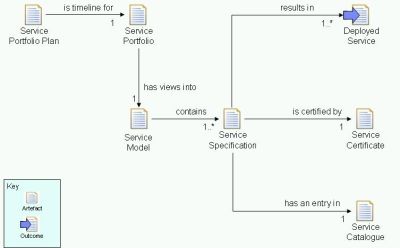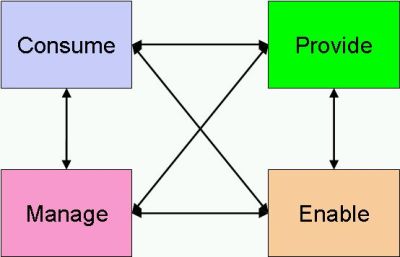I recently came across a blog post called Things users don’t care about at the interface and product design blog bokardo. It struck me this was the basis of a good list of things end users of the systems that we architect may also not care about and might therefore help us focus on the things that matter in a system development project. Here then, is my list of ten things users don’t (or shouldn’t care about):
- How long you spent on it. Of course, if you spent so long you didn’t actually deliver anything this is another problem. However users still won’t care, it’s just they’ll never know they are missing something (unless your competitor beat you to it).
- How hard it was to implement. You may be immensely proud of how your team overcame tremendous odds to solve that really tricky programming problem. However all users are concerned about is whether the thing actually works and makes their lives a little easier. Sometimes just good enough is all that is required.
- How clean your architecture is. As architects we strive for purity in our designs and love to follow good architectural principles. Of course these are important because good architectural practice usually leads to more robust and resilient systems. The message here is not to go too overboard on this and don’t strive for architectural purity over the ability to ship something.
- How extensible it is. Extensibility (and here we can add a number of other non-runtime qualities such as scaleability, portability, testability etc.) is often something we sweat a lot over when designing a system. These are things that are important to people who need to maintain and run the system but not to end users who just want to use the system to get their job done and go home at a reasonable time! Although we might like to place great emphasis on the longevity our systems might have (which these qualities often ensure) sometimes technology just marches on and makes these systems redundant before they ever get chance to be upgraded etc. The message here is although these qualities are important, they need to be put into the broader perspective of the likely lifetime of the systems we are building.
- How amazing the next version will be. Ah yes, there will always be another version that really makes life easier and does what was probably promised in the first place! The fact is there will be no “next version” if version 1.0 does not do enough to win over hearts and minds (which actually does not always have to be that much).
- What you think they should be interested in. As designers of systems we often give users what we think they would be interested in rather than what they actually want. Be careful here, you have to be very lucky or very prescient or like the late Steve Jobs to make this work.
- How important this is to you. Remember all those sleepless nights you spent worrying over that design problem that would not go away? Well, guess what, once the system is out there no one cares how important that was to you. See item 2).
- What development process you followed. The best development process is the one that ships your product in a reasonably timely fashion and within the budget that was set for the project. How agile it is or what documents do or don’t get written does not matter to the humble user.
- How much money was spent in development. Your boss or your company or your client care very much about this but the financial cost of a system is something that users don’t see and most times could not possibly comprehend. Spend your time wisely in focusing on what will make a difference to the users experience and let someone else sweat the financial stuff.
- The prima donna(s) who worked on the project. Most of us have worked with such people. The ones who, having worked on one or two successful projects, think they are ready to project manage the next moon landing or design the system that will solve world hunger or can turn out code faster than Mark Zuckerberg on steroids. What’s important on a project is team effort not individuals with overly-inflated egos. Make use of these folk when you can but don’t let them over power the others and decimate team morale.











